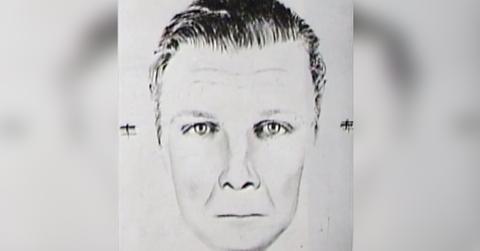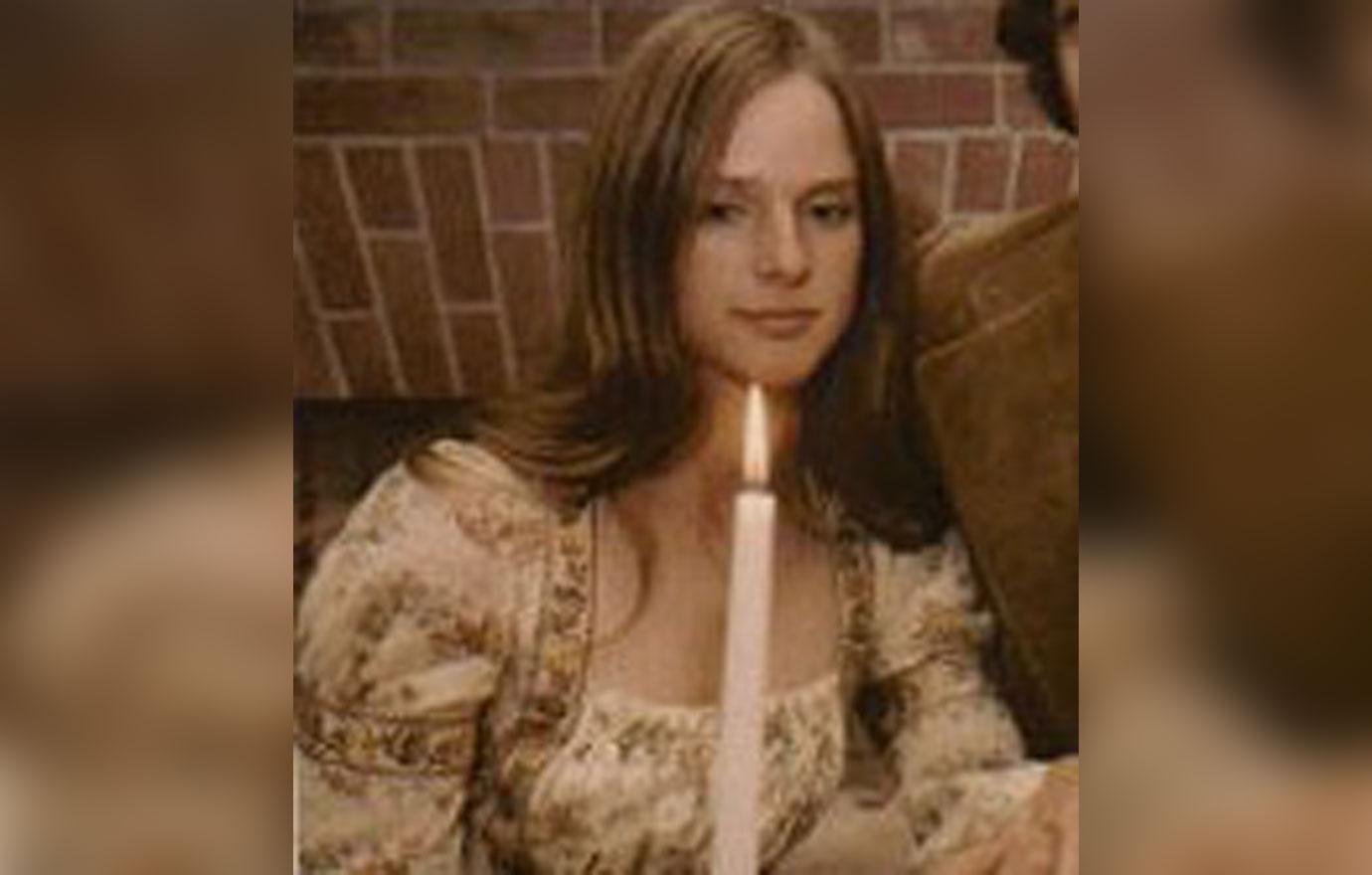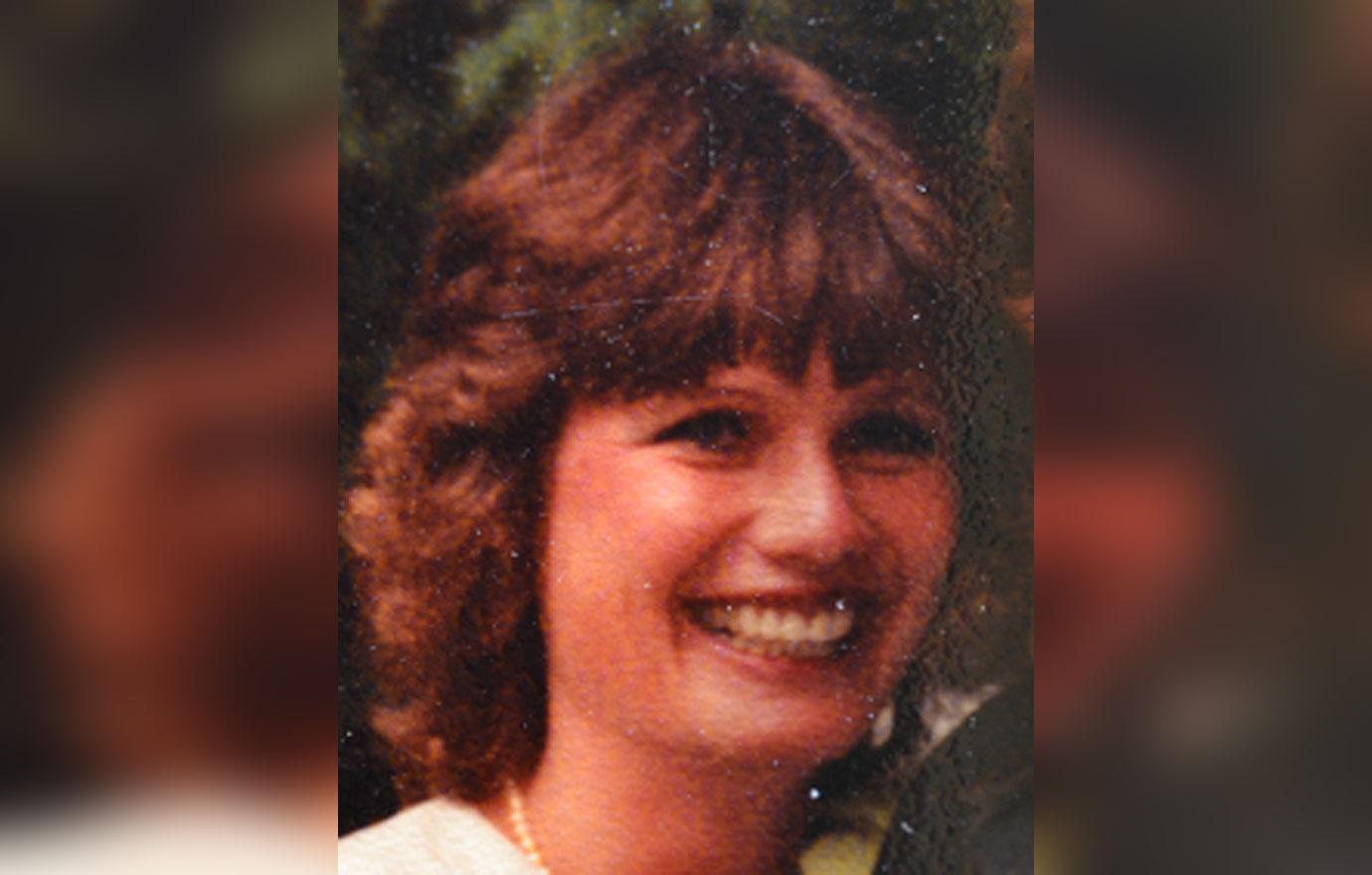The Connecticut River Valley Killer: Why the prime suspect hasn't been ID'ed as a serial murderer.

Seven women were murdered in the same area, the border between New Hampshire and Vermont along a stretch of Interstate 91, between 1978 and 1988.
The investigation sits in the lap of the New Hampshire State Police, has forensic evidence and 35 years of documents, tips, leads and connections. But, no closure.
The “Connecticut River Valley Killer” stabbed multiple women near a highway between New Hampshire and Vermont that parallels 255 miles of the longest river in New England, the Connecticut River.
Seven murders terrified an otherwise sleepy rural community. Victims were randomly targeted by an unknown serial killer who seemed to be targeting nurses, but none of the murders have been solved — despite DNA and fingerprints on file.
Some have called for experts to test the DNA with Michael Nicholaou — the man some have called the prime suspect. His history and the circumstantial evidence are detailed in numerous media reports and state congressional hearings.
He is a decorated Vietnam vet with violent tendencies who murdered his ex-wife and stepdaughter and is the main suspect in the disappearance of a lover. He killed himself in Florida after killing himself.
Some who follow the case question whether all seven Connecticut River Valley murders should be tied together, while others are perplexed by the lack of action by the New Hampshire State Police in testing Nicholaou’s DNA. But, state police maintain he was is not a serial killer, according to the Associated Press.
Whether he is the killer or not, what hasn’t been found is closure for the victims.
A PREFERENCE FOR NURSES?
The Connecticut River Valley Killer hated women and took whatever opportunity arose to abduct, kill, and dump their bodies. He used a knife to cut their throats, and most victims had more than 20 wounds, primarily around the stomach. He ambushed them in desolate places, sometimes in the forest where he left their bodies. The list of victims is a haunting parade of lives interrupted and families devastated.

Cathy Millican
Cathy Millican, of Sunapee, New Hampshire, left work to take photos at a nearby nature preserve on a beautiful fall day in October 1978. She was employed by a publishing company in New London. Millican was witnessed snapping photos by other park visitors, but the 26-year-old did not return home that evening. Her corpse was found where she was last seen, a day later. The first victim, the investigation only later concluded she’d been murdered by a serial killer.
Mary Critchley was found murdered on Aug. 9, 1981, in Unity, New Hampshire. She’d disappeared about two weeks earlier while hitchhiking from the Boston area along I-91 to get home to Waterbury, Vermont. Critchley was 37 years old and a student at the University of Vermont. Her cause of death was ruled undetermined.
At 16 years old, Bernice Courtemanche was already working as a nurse's aide. She vanished on her way to Newport and was last seen May 30, 1984, in West Claremont, New Hampshire. Like Critchley, she was hitchhiking, and authorities believe Courtemanche was abducted from I-90. Her remains were not found until two years later in Kellyville, New Hampshire. She died from multiple stab wounds.
Ellen Fried, a nurse at Valley Regional Hospital, vanished after calling her sister late at night from a payphone in West Claremont, New Hampshire, on July 20, 1984. She spoke with her sister for nearly an hour and told her a car was driving back and forth. Her remains were also found in Kellyville on Sept. 19, 1985. Fried’s cause of death is still considered undetermined.
Eva Marie Morse was a single mom who was low on funds and often hitchhiked to or from work in Charlestown, New Hampshire. She vanished on her way home on July 10, 1985. A logger found her remains on April 25, 1986, in Unity, New Hampshire. Morse was 27 years old. Her body was within a few hundred feet from where Critchley’s remains were discovered.

Mary Elizabeth Critchley
In Saxtons River, Vermont, the killer changed tactics to murder Lynda Moore during a home invasion in April 1986. This crime differed from the others but was linked based on timing, the nature of the vicious assault and the description of the attacker.
In January 1987, 36-year-old nurse Barbara Agnew went missing from Hartford, Vermont. Her remains were located on March 28, 1987. The spring thaw had not yet taken hold and her corpse was frozen and well-preserved. She spent Jan. 10 skiing and never made it home. The crime scene revealed Agnew had been repeatedly stabbed in the skull. She still had her lift ticket on her ski jacket.
THE OUTLIER
On April 15, 1986, a horrifying home invasion left Lynda Moore, 36, face down in a pool of blood with 40 stab wounds covering her body. Neighbors saw her outside, tending to her front yard earlier in the day. The crime was considered a home invasion with no motive other than murder. She wasn’t sexually assaulted or robbed, and the frenzied and unexplained attack shook the community to its core.
Moore lived in quiet Saxtons River, Vermont, and one calm, sunny spring day was working in her front yard. Her home was located within sight of I-91. Unlike the other murders, this crime left witnesses who contributed to a composite sketch, revealing a young man between 20 and 25 with a round face and glasses. He was seen skulking around the neighborhood near the Moore home.
When Moore was found by her husband around 4 p.m., it appeared the killer had broken into the house via the patio door. Moore put up a brave struggle, perhaps accounting for why she had even more stab wounds than the other victims. She died on her living room floor. Her murder, like the others, remains unsolved 35 years later.
Moore left behind a husband and two young children.
THE SURVIVOR
“Unsolved Mysteries” profiled the terrifying encounter Jane Boroski, 23, had with the Connecticut River Valley Killer on April 6, 1988, around midnight. She was seven months pregnant at the time, driving herself home from the County Fair when she pulled over to get a drink from a vending machine at a closed Winchester, New Hampshire convenience store.
The parking lot and surrounding area were quiet and deserted. After settling back in her car with her can of soda, a man pulled up seemingly out of nowhere and was standing at her car window, asking her if the payphone worked. Before she could reply, he opened her car door and pulled Boroski onto the pavement.
He began slicing at her with a large knife while calmly accusing her of hurting his girlfriend. Boroski had no idea what he was talking about but told him she didn’t know his girlfriend. She fled, running toward the dark road, but he caught up and continued stabbing her.
He seemed to lose interest as Boroski gave up the fight. He got back in his vehicle and drove off. She was bloody and terrified but dragged herself to her car and climbed behind the wheel.
Boroski drove straight to her friend’s house, who lived two miles away, panicked and bloody. On the road she was stuck behind a vehicle she soon realized was her attacker, but she made it to her destination, later getting life-saving care at the hospital. Boroski had 27 stab wounds, including significant cuts to her neck, but both she and the baby survived.
- Five people went missing from Idaho. Some remains were found, some were not. What wasn't found was the killer.
- Unsolved Mystery: Seven People Vanished from the Same Area in Vermont. Where Did They Go?
- Bodies Kept Piling Up in the Pacific Northwest. Was It the Work of a Killer or Coincidence? (FPD CASE VAULT)
When Lynn-Marie Carty, a dogged investigator who has compiled copious evidence against Nicholoau, showed Boroski a photo of him, she believed he was the attacker.
She was quoted in the Brattleboro Reformer in 2007 as saying, “I have no doubt in my mind [it was Nicholoau].” She identified the vehicle as a Jeep Wagoneer, the same one he drove at the time, and was able to remember three letters of the license plate.

Lynda Moore
THE SON
Nick Nicholaou was a teenager when he discovered his adopted family — stepmom Aileen and older stepsister Terrin — were dead. His father, Michael, murdered them and he, too, was then killed himself by suicide. Nick spiraled into a dark place when he learned a few years later that Carty was investigating his father as a serial killer.
In 2009, at the age of 21, Nick hit bottom and was considering suicide.
When Nick’s biological mother, Michelle, disappeared without a trace in 1988, he grew up with his father. Michelle told her mother, Rose, a few months before she vanished, “If I’m ever missing, he killed me, and you need to track him down and find the kids,” according to Associated Press.
Nick’s salvation came from an unlikely source in the form of Carty, the investigator who had begun to suspect Nick’s father of being the Connecticut River Valley serial killer as she attempted to solve Michelle’s disappearance. She tracked Michael down in Tampa, Florida in 2001, and after she found him became convinced there was more to his story than a missing woman.
Nick maintains a strong relationship with Carty. She continues to piece together what happened to eight women in the 1980s. She’s put together facts and taken them to the New Hampshire authorities, and they paint a damning portrait of the prime suspect, who has never been officially ruled out.
THE PRIME SUSPECT
Michael Nicholoau led a tumultuous life from the beginning, but it shifted from a difficult childhood to a tortured adulthood after he returned from two tours of duty as a gunship helicopter pilot in Vietnam. Other soldiers reported he was a skilled pilot, but he also enjoyed killing.
He was born Aug Edward Stafford, a career criminal and sex offender with who Michael lived for the first four years of his life. A stepfather later adopted Michael and he ended up with the Greek surname he kept. He took on the nickname “Nick the Greek” or “Nick the Hammer”. His mother later remarried a third time.
His childhood was unstable, and he came of age in the 1950s and 1960s in rough neighborhoods, including Harlem, New York, and the South Bronx.
Michael returned home after the war with post-traumatic stress disorder, experiencing flashbacks and nightmares. He got treatment at the VA hospital his entire adult life and maintained relationships with several war buddies. In the early 1980s, he decided to open a porn shop.
Not long after he opened “The Pleasure Chest” in Charlottesville, Virginia, he was charged with selling indecent materials. Two weeks later, in November 1983, the shop was robbed. The business didn’t last long, and he began what would become a permanent lifestyle as a drifter. In 1988, by the time the last known murder related to the Connecticut River Valley Killer occurred, he was working as a self-employed drywaller.
Carty interviewed dozens of friends, neighbors and associates of Michael and several confirmed he made his living in restaurants and with odd-jobs while supplementing his income by dealing cocaine.
THE PROFILE
The killer attacked his victims with an intensity that demonstrated both efficiency and rage. He only targeted women, but he was an opportunist.
There is no doubt that Michael hated women, telling multiple people his ex left him for another man and was a “slut.” He murdered his stepdaughter but spared his son, Nick, in 2005. As a pornographer, he had no problem peddling flesh for-profit and although this doesn’t prove he hated females, his profession is consistent with a man who saw women as objects.
Other details of the killings point strongly to Michael because he was known to “hunt humans” with a knife, a fact confirmed by multiple war buddies Carty interviewed. He stalked his victims, in the case of Aileen, who he tracked down to Florida.
Many of the victims were nurses. While this could be coincidental, as the area had a large hospital, there is a connection to Michael. He spent more time in hospitals than most people, seeking treatment for PTSD. One of his ex-wives was a nurse.
Michael is tied geographically to the border between New Hampshire and Vermont and lived close to I-91. Carty has shown he was either living near the I-91 corridor or could have traveled there when all eight murders took place.
The remains of most victims, except Agnew and Moore, were found in the woods. They were crimes of opportunity, carried out in daylight or late at night when the victims were isolated.
THE INVESTIGATOR
Carty is an experienced private investigator who discovered in 1995 she had a penchant for research and tracking down missing people. She began a business in 2001 to help families finding missing loved ones.
When Carty took on the case for Michelle’s mom, she had no idea it would lead to a decades-long investigation. Through Rose, she gained access to most of Michelle’s personal belongings and records, including a storage unit she shared with Michael. Although the family drifted from state to state, Michelle kept detailed records of all the places they lived.
Using Michelle’s notes, often kept in baby books, Carty recreated a general picture of Michael’s whereabouts and movements in the 1980s. He lived in the Connecticut River Valley area during most of the attacks. In the case of three victims, he was living in Virginia but could have traveled north again to find victims.
Carty tracked down a laptop computer Michael owned it helped shape her timeline more fully. She contacted the surviving victim, Boroski, to show her photos of the man she believed to be the Connecticut River Valley Killer.
Michael’s DNA has been extracted from a blood sample, and his profile is in the national database. The case continues to frustrate investigators and victim’s families and is especially difficult for Boroski, the lone survivor. The crime scene evidence yielded DNA, yet none of it has been compared with that of the prime suspect.
One of Michael’s buddies, Gary Westover, confessed shortly before his death to his uncle, a retired Sheriff, that he was there when Michael and two other men abducted and murdered Agnew. Westover’s aunt contacted Agnew’s sister in 2006 with the information from her late brother. This information was passed on to Carty and eventually to the of the New Hampshire State Police.
Despite strong circumstantial evidence, no further progress has been made on linking Michael’s DNA to the victims of the serial killer who stalked his prey and viciously snuffed out the lives of at least eight women.
Corrections: Due to a reporters error, it was inccorectly stated that Carty tracked dow Michael in 2001. Nick was also Michael's biological son.
Become a Front Page Detective
Sign up to receive breaking
Front Page Detectives
news and exclusive investigations.
